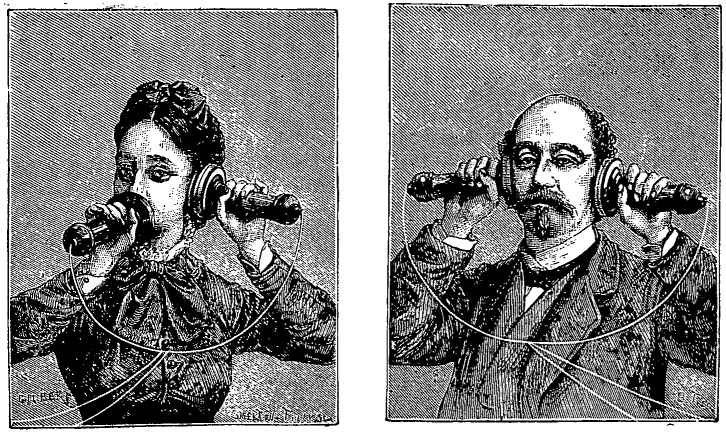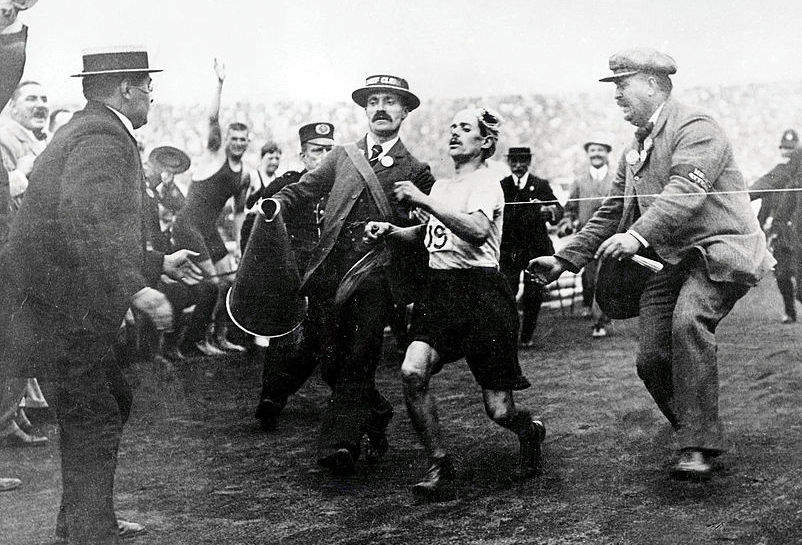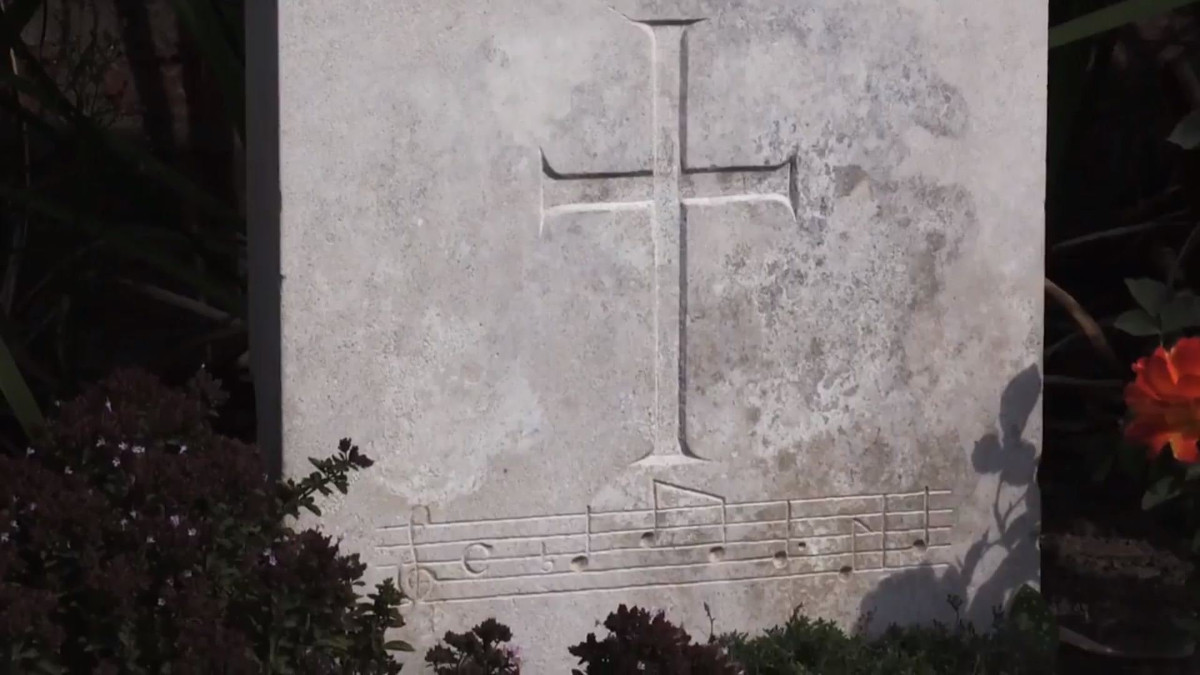In planning the lighting and atmosphere for Skull Island in 1933’s King Kong, animator Willis O’Brien relied heavily on Gustave Doré. In 1930 special effects expert Lewis W. Physioc had said, “If there is one man’s work that can be taken as the cinematographer’s text, it is that of Doré. His stories are told in our own language of ‘black and white,’ are highly imaginative and dramatic, and should stimulate anybody’s ideas.”
“The Doré influence is strikingly evident in the island scenes,” write Orville Goldner and George E. Turner in The Making of King Kong (1976) (click to enlarge). “Aside from the lighting effects, other elements of Dore illustrations are easily discernible. The affinity of the jungle clearings to those in Dore’s ‘The First Approach of the Serpent’ from Milton’s ‘Paradise Lost’ [left], ‘Dante in the Gloomy Wood’ from Dante’s ‘The Divine Comedy,’ ‘Approach to the Enchanted Palace’ from Perrault’s ‘Fairy Tales’ [right] and ‘Manz’ from Chateaubriand’s ‘Atala’ is readily apparent. The gorge and its log bridge bear more than a slight similarity to ‘The Two Goats’ from ‘The Fables’ of La Fontaine, while the lower region of the gorge may well have been designed after the pit in the Biblical illustration of ‘Daniel in the Lion’s Den.’ The wonderful scene in which Kong surveys his domain from the ‘balcony’ of his mountaintop home high above the claustrophobic jungles is suggestive of two superb Doré engravings, ‘Satan Overlooking Paradise’ from ‘Paradise Lost’ and ‘The Hermit on the Mountain’ from ‘Atala.'”





